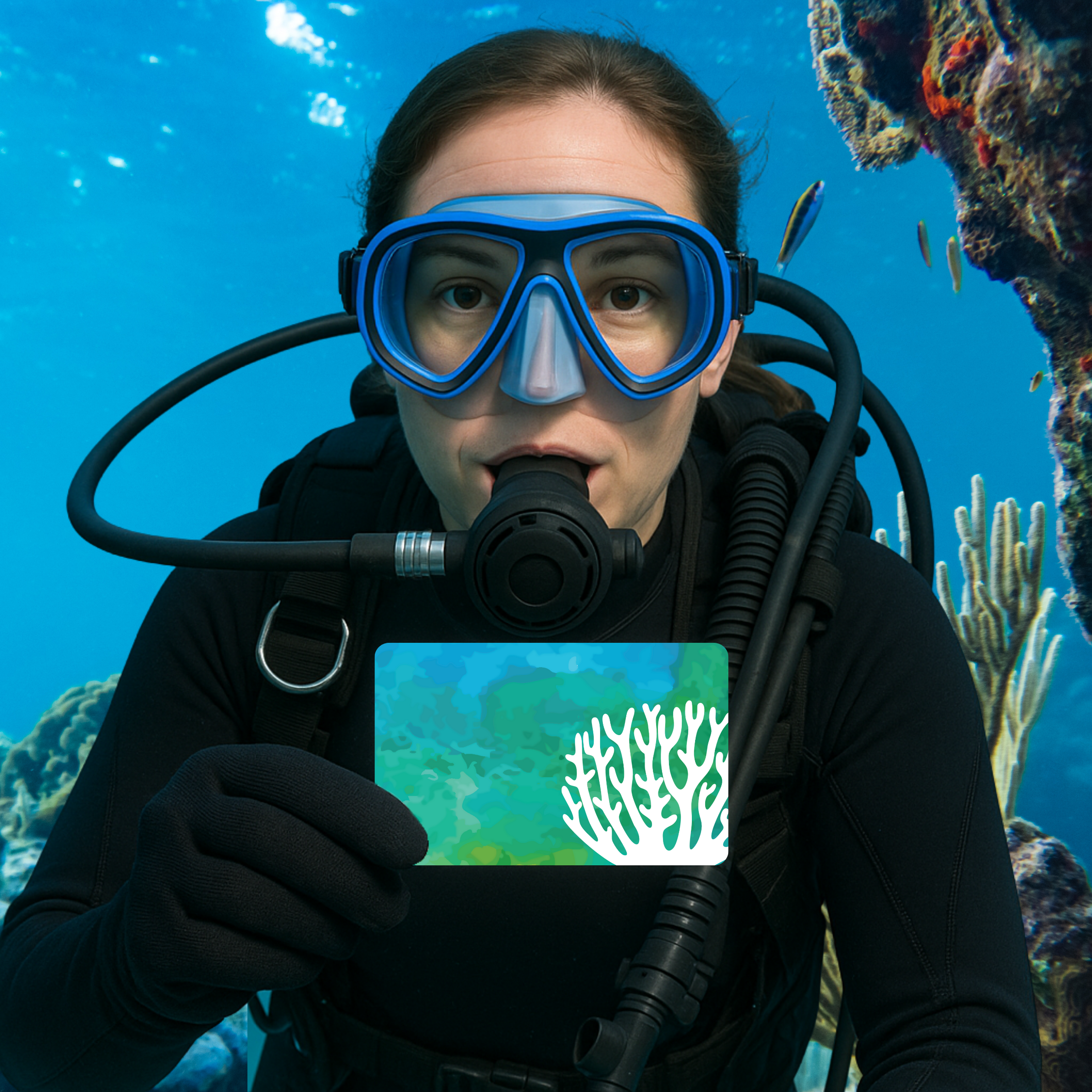Reel It In: Protect our Oceans with Sustainable Seafood Consumption
Katie McDonald Dec 18, 2024
Reel It In: Protect our Oceans with Sustainable Seafood Consumption
Have you ever considered the price of shrimp? Not the price at the store, but the environmental, ecological and human cost of our favorite seafood? Hint: it rings in at more than $19.99 a pound! Unsustainable seafood practices have raised massive ecological and humanitarian concerns, and pose serious threats to marine species and the diverse who visit them. Over 90% of large predatory fishes (sharks, swordfish, tuna) have been wiped out as a result of overfishing. The absence of these key species negatively impacts the entire ecosystem, which means trouble for our oceans.



The methods which are used in unsustainable seafood fishing are also massive threats, as they are responsible for 50% of the ocean floor's damage. Bottom trawling, which involves dragging heavy nets across the ocean floor severely damages the sea floor and destroys coral reefs and mangroves. Additionally, trawling and other fishing often results in bycatch–meaning non-target species are unintentionally caught and killed. Dolphins, seals, and whales are common victims of by-catch. And the species which are often targeted, like tuna and shrimp, are often overfished to a point where their populations are decimated.
The seafood industry has also been responsible for a variety of human rights abuses. Forced child labor, unacceptable working conditions, mistreatment, and human trafficking have been pervasive in fish vessels and factories, especially in overseas factories. Injury and death of workers are common in these working conditions, often without proper investigation or accountability for corporations. Unfortunately, it is not uncommon that our enjoyment of affordable seafood comes at the price of human life.
However, it's not all bad news–there are many things you can do to promote sustainability in the seafood industry. As certified B-Corp, Ocean First believes in putting people first and protecting our environment as much as we enjoy it. So here's how you can join us in our fight for a healthier and more sustainable planet:
1. Look For Certifications
Buy seafood with labels that indicate they are employing sustainable and ethical practices such as:
- MSC (Marine Stewardship Council): A blue label indicating sustainable, well-managed fisheries.
- ASC (Aquaculture Stewardship Council): Indicates responsible, environmentally friendly farming practices.
- Best Aquaculture Practices (BAP): Certified safe and sustainable farmed seafood.
You can also check guides for sustainable seafood consumption in Monterey Bay Aquarium's Seafood Watch and National Oceanic and Atmospheric Administration (NOAA) .

2. Consider the species
Certain species, such as shrimp and tuna, are specifically overfished and therefore more threatened. Avoid eating shrimp, shark, bluefin, yellowfin, and bigeye tuna to help preserve these species. Instead, opt for alternatives such as anchovies, sardines, mussels, clams, and Pacific salmon (wild-caught). These are more sustainable choices, but make sure you buy from brands that have sustainable certifications!
3. Shop domestic
Buy seafood from domestic sources to reduce carbon emissions required to transport fish. Fish sourced from the US is also held to strict environmental and labor regulations, making it the more sustainable choice. Not only do you get fresher fish, but you also support sustainable seafood: it's a win-win!
4. Eat lower on the food chain
Avoiding predatory species when buying seafood helps promote sustainable marine ecosystems. As a result of their quicker reproduction cycles, lower food chain marine animals are more resilient to fishing pressures compared to high food chain animals like swordfish, tuna, and salmon. Mussels, anchovies, and oysters are great alternatives.
5. Aquaculture…it's complicated
While aquaculture farming initially provided a creative solution to depleted fish stocks, it has since posed a variety of environmental and ethical challenges. The feed, waste, and chemicals used for the fish farms contribute to significant ocean pollution which harms marine life. Additionally, the conditions of aquaculture farms can produce overcrowded and inhumane habitats for fish, which deteriorates their health through stress and disease. Aquacultures have also encroached on indigenous communities who consider fishing a cultural practice, while also harming the economic wellbeing of local fishermen.
It's not all bad news! When done sustainably, aquaculture presents a great opportunity to reduce stress on natural fish populations. So, when buying aquaculture fish, check for ASC (Aquaculture Stewardship Council) and GAA (Global Aquaculture Alliance) certifications to ensure you can feel good about where your fish came from.
6. Considering reeling in your fish consumption
The most sustainable choice when it comes to seafood consumption, is to consume none at all. Going vegetarian is the most effective way to reduce your personal impact on depleting fish stocks and conserving marine habitats. However, if you can't give it up, consider at least reducing your seafood consumption, and only consuming certified sustainable seafood when you do.
Following these guidelines to join Ocean First in our fight to protect our oceans. Remember, we can't enjoy our ocean if we don't protect it!

